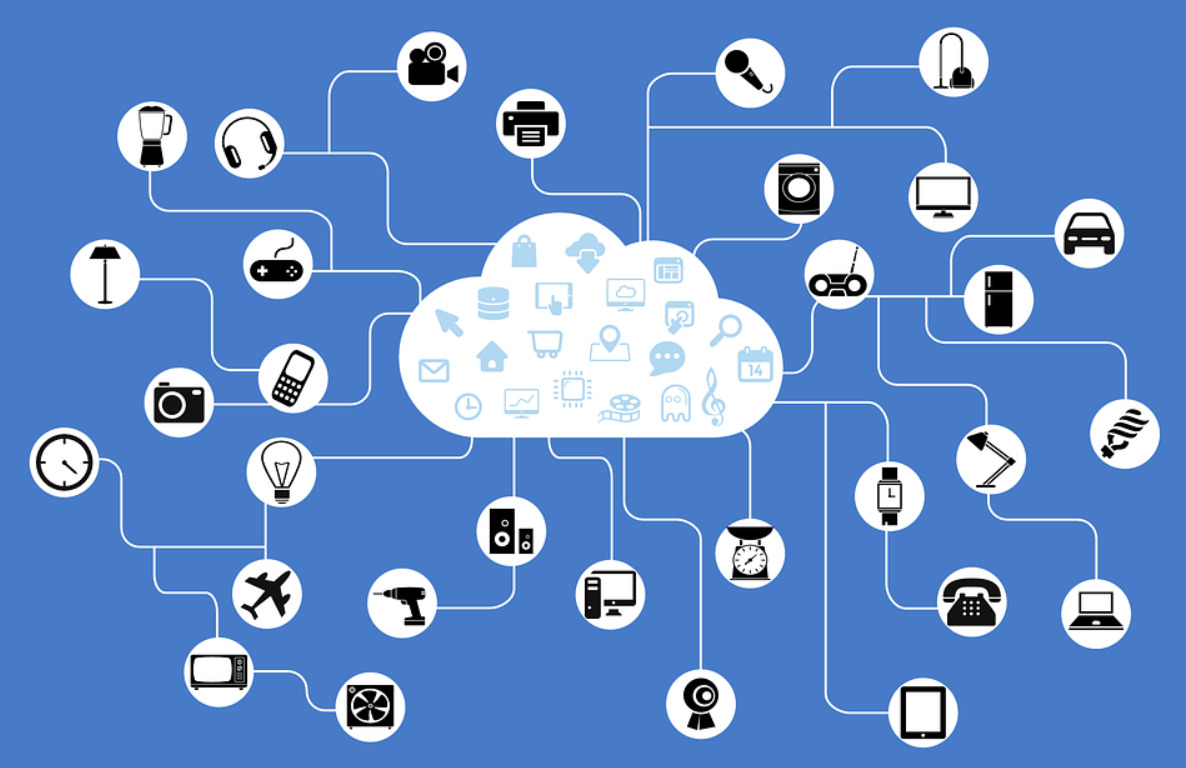Communication is one of the fundamental elements of business. Customers, partners, and remote employees are exactly the people you should be able to stay in touch with in 24/7 mode. The means to support remote team collaboration enable the scale of the existing enterprises to be increased, in particular, by opening new branches, finding new clients, and expanding their sphere of activity (both within the country and abroad).
A few years ago, the functionality provided by the introduction of IP telephony was considered the top opportunity in the field of business communications. Today, high technology has advanced to the point where interlocutors thousands of kilometers away can experience the true effect of presence. They can feel like they are sitting in the same room. In this article, you will find out which business communication trends are leading into 2023.
11 main business communication trends
So, what are the current trends in business communication? Let’s take a closer look at them.
1. Internet of things

The concept of IoT, which was applied primarily in the industrial and logistics industries before, gradually began to enter the sphere of business communications. So, using different types of wireless connections (WIFI, GPRS, WiMAX, Bluetooth, etc.), mobile device users can keep in touch anywhere in the world where GSM networks are available.
In addition, IoT allows business owners to have full awareness of how their business processes are implemented. In particular, the M2M technology, which is part of the IoT concept, provides the ability to collect critical business data on an ongoing basis. It maintains a constant relationship between all active electronic devices within your organization. As for the examples, it is impossible to leave Windows 11 IoT Core and Windows IoT Remote Client aside. Together, they enable the use of low-demand devices with a network connection for business purposes.
2. 5G mobile internet
5G is the 5th generation of mobile communication, which is capable of providing a data transfer rate of up to 100 Mbit/s in cities. The practical advantages of this technology are quite obvious: mobile device users will be able to interact seamlessly with each other through video business communication while choosing the maximum resolution possible.
Moreover, the 5G standard will help integrate all kinds of business communication applications supporting simultaneous content exchange into everyday life. Usually this type of software carries high loads on the network bandwidth, which can significantly slow down the performance in case of a multi-user access. Unfortunately, this standard has not yet gained mass use. Its commercialization is planned for about December 2023, and the cost of deployment is more than 50 billion US dollars.
3. Cloud services
The core concept of cloud computing is not new and is not one of the new trends in business communication. However, 2017 provided a significant impetus to the development of this Internet services area. This can be explained, first of all, by the huge number of constantly improving methods of cyberattacks that have literally stirred the public during this year. Cloud storage is safer compared to standard data centers and is more fault-tolerant.
On the other hand, retrieving and transferring data from the cloud online is less problematic than it might be with physical storage. In this case, you will use a minimum of network resources and the processor power of your own network device. This is extremely important when transferring capacitive traffic (for example, with media content) or when implementing large-scale VoIP networks. Microsoft SharePoint Online, which provides a cloud storage capacity of at least 1 TB per user in addition to the main functionality, and a cloud phone system that can help businesses provide seamless communication are some of the most well-known and wise solutions of such services in our opinion.
4. Visible light communication
One of the most significant modern trends in wireless communication is visible light communication technology. The emergence of LiFi in the next few years can replace its well-known analog, WIFI. LiFi uses LEDs that operate under high-frequency voltage and create bidirectional channels for data transmission as access points. The light emitted by these LEDs is not visible to the human eye and does not penetrate walls, so their action radius is rather small.
Nevertheless, due to the use of light rays instead of radio waves, this communication technology, unlike WIFI, can be used in airplanes, medical centers, and even at shallow depths underwater. In addition, the fact that LEDs consume much less energy compared to conventional incandescent lamps qualifies LiFi as a “green” innovation.
5. 4K image format
4K video calls were previously only available in extremely expensive video conferencing systems (for example, Cisco). As for the current year, this resolution, which is one of the current trends in digital communication and provides an image of at least 8 million pixels, is becoming widely available and ideal for introducing video conferencing systems for business communication.
For example, such world-renowned manufacturers of electronic equipment as LG and Dell have produced quite budget-friendly models for devices with similar technical characteristics in the range of 350–700 USD. This technological feature has the potential to become one of the most important components of self-contained telepresence systems in the near future, offering a qualitatively new level of distance business communication.
6. Augmented and virtual reality

If you want to expand your horizons in terms of your client base, these two technologies will surely be useful for you. Do not think that they can be used exclusively when creating games. As practice shows, AR and VR are used in many business applications. For example, such software can create a virtual 3D tour of a facility that is still under construction for potential customers.
And this is far from the only way to use AR and VR: all that is required is imagination. For example, some applications allow you to make a real 3D tour of the human body. This software can be successfully used in school curricula as well.
7. The promotion of BYOD strategy
The implementation of IP telephony has one significant drawback: the inability to take bsuiness communication devices with them. Nevertheless, today many leading vendors of network equipment offer a remarkable compromise, namely, the integration of IP phones with the mobile devices of users. The phonebook is automatically transferred to the user’s smartphone; calls and corporate email are redirected, too.
This is extremely convenient for businesses with branches in different time zones. One of the first companies to implement the concept of BYOD was Cisco. Networks based on their equipment allow you to rent fewer offices due to the ability to support personal user devices. Thus, many employees of some large organizations get the opportunity to work remotely.
8. WebRTC
Web-based communication in real time (WebRTC) is a truly breakthrough concept that allows to run a video conference and to collaborate with people in the internet browser without installing any other program, special plugins, modules or accompanying programs. Thus, users acquire an incredibly simple tool to support all types of remote communication: chat, screen sharing, content sharing, audio, and video communication.
To try out the advantages of this technology, you can start using the iOS messaging application called WebRTC, which provides both means for two-way communication and tools for holding full-fledged conferences.
9. Social Intranets
Such solutions are not a novelty. The advanced functionality is what can bring them innovation. For example, the support for video communication, the merging of several chat rooms, and advanced opportunities for content exchange without compromising the quality of communication (such as using the Quality of Service policies).
A good example of an intranet is Jostle People Engagement, a mobile application for iOS that allows you to enhance communication between employees of the corporation with tools such as the Activity View, News View, People View, Discussions View, Library View, Profile View, and Storage Optimization.
10. Artificial Intelligence (AI)
Probably, each of us is familiar with the assistant based on the AI concept, specially created for the iPhone: Siri. This software, based on the voice requests of the user, operates on the chatbot principle, searches the browser and implements all kinds of processes in the mobile device’s functionality. Now such software solutions have stepped onto a qualitatively new level and are quite capable of performing quite complex tasks.
In 2017, the IT sector has been supplemented with a number of quite successful mobile applications based on machine learning and virtual neural networks. These apps can be used for business purposes, including remote communication processes. Thus, users of such software acquire full-fledged virtual assistants, who can take over some of the duties of real employees.
11. Use of collaboration tools
Collaboration and communication tools are prominent representatives of business communication and its trends. With the rise of remote work, everyone is flocking to their preferred and most affordable communication tools on the market. They not only help with an easy and smooth communication process but also help elevate your progress at work.
Our favorite one has to be Chanty of course. It is a messenger with an unlimited history of messages and an advanced search system based on the concept of current and future business communication. Chanty allows you to increase the productivity of your team by 55%. Also, it has an extremely low entry threshold, which is especially important when some of your employees are not confident users of PCs and similar mobile devices.
Business communication trends: summary
As you can see, the year 2017 brought us many significant developments for business communications in the field of IT. And, one way or another, all of the above emerging trends in communication are a great opportunity for software developers to create new software solutions.
The most promising of them, in our opinion, are VR, AR, and 5G, which are potentially able to maximally reduce the cost of deploying a business with dispersed human resources. As for AI, applications based on this concept are becoming more and more advanced every year, so very soon we will be able to expect the release of software solutions for businesses that can completely replace a number of real employees for your organization.











Thanks alot and learnt much during my research work.
Very good, interested piece of writing.
Am glad at your information.
It has been very educative.
Very informative! I feel that inspiring good online usage is also essential —more time learning. Smiles to all!
all of the information is relevant to what i was seeking for my learning thank you so much all the team.